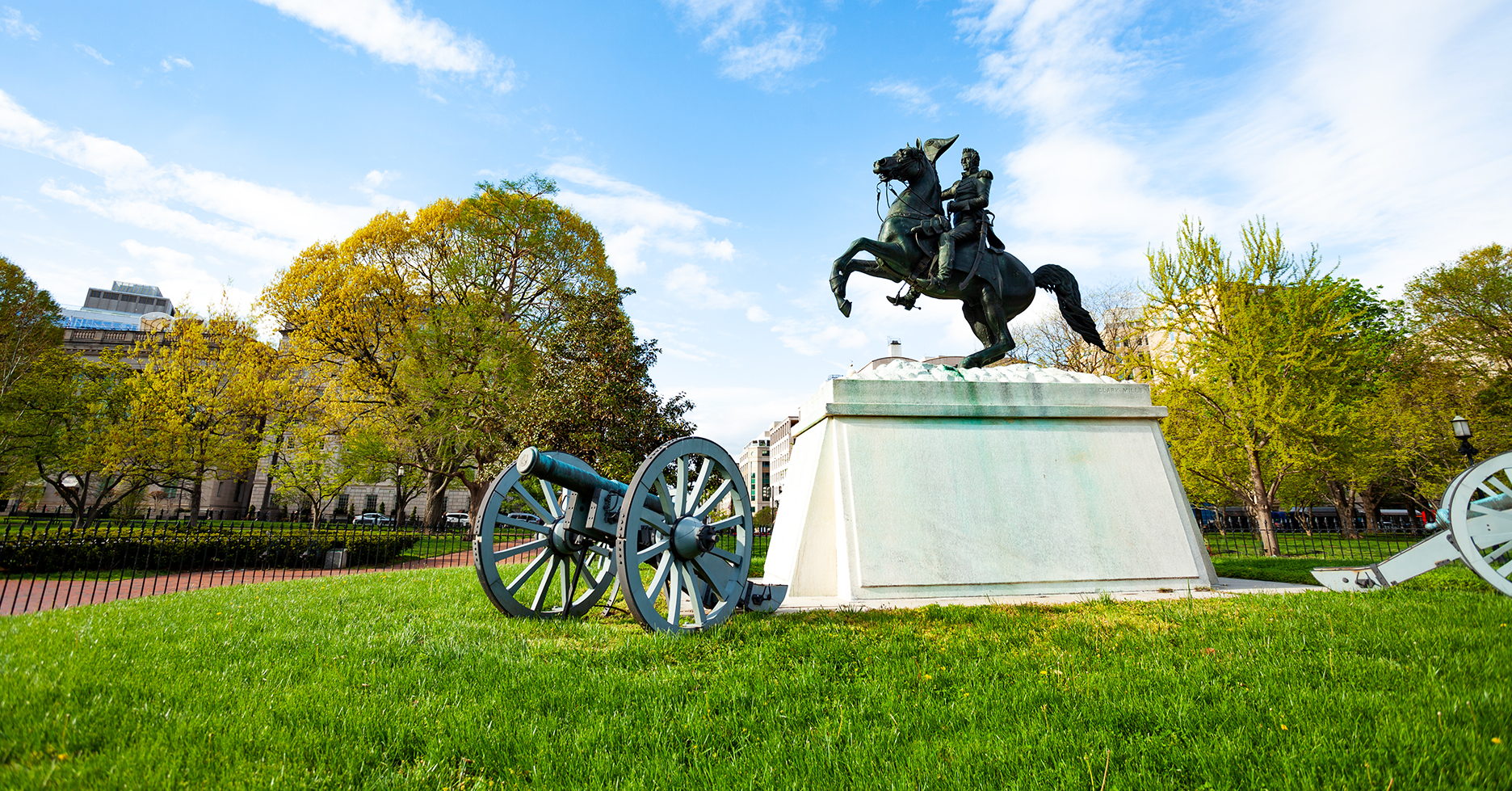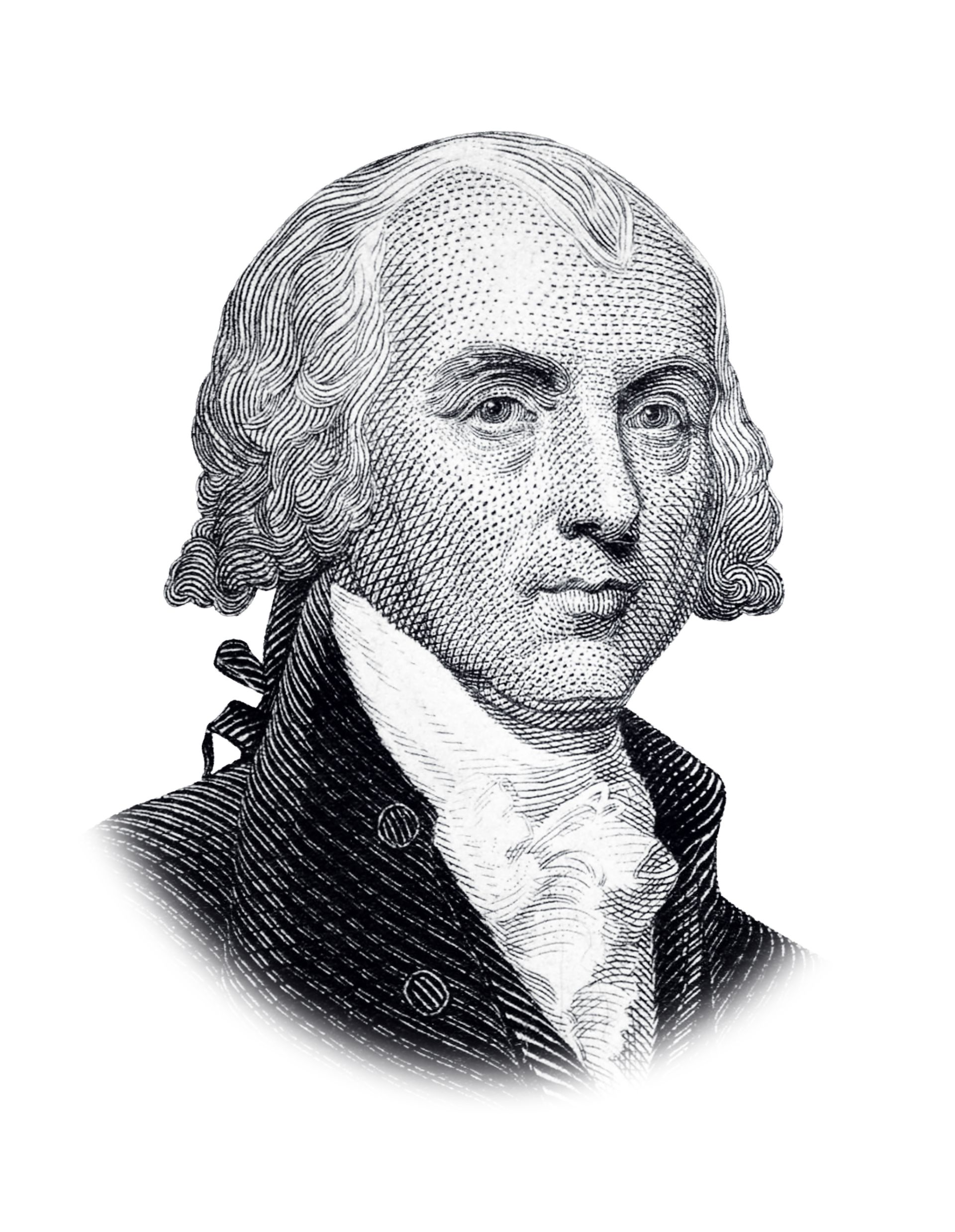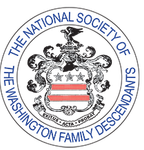The National Society of the Washington Family Descendants
We collect and share the history, traditions and achievements of past and present members of the family of our illustrious kinsman.
We are a group of over 500 members who can all trace their ancestry to a few of the founding families.
We provide leadership in the collection and recording of data, documents and materials relating to the Colonial and Federal periods of the Washington Family.
NSWFD also contributes financial assistance to selected organizations with related aims and purposes.
We gather annually for a Family Reunion
Charles Town, Charleston, Mount Vernon, Pittsburgh, Boston
Articles of Interest

General John Pershing, Commander of the American Expeditionary Force in France, spoke these words through an interpreter on July 4, 1917 as the United States joined the Allies to end the bloody stalemate that World War I had become. He honored the outstanding service that the Marquis de Lafayette gave to America during the Revolutionary War. Marie Joseph Paul Yves Roche Gilbert du Motier, Marquis de Lafayette, came to America with his friend, Baron Johan de Kalb, with documents from Silas Deane recommending commissions for the two men. Lafayette was not yet 20 years of age. He traveled to Philadelphia to present himself to the Continental Congress and to meet General Washington. From the beginning a close friendship developed between the two men that lasted until the General died in 1799. Lafayette served with exemplary patriotism and zeal at Brandywine, and sojourned with the army at Valley Forge in the winter of 1777. He received commendation from the Congress for his service and valor in battles around Rhode Island. When he requested to be allowed to return to France to seek aid for America he was granted leave to do so. Lafayette was sent to Virginia to work with Von Steuben. The South became the theater of operations. The battles of Kettle Creek in Georgia, Kings Mountain and Cowpens in South Carolina, Guilford Courthouse in North Carolina, along with skirmishes at the Dan River, resulted in maneuvering General Cornwallis into Yorktown, Virginia. American and French troops laid a siege that ended in the British surrender on October 19, 1781. The French Navy also contributed to the success of the battle by ringing the area of Yorktown and preventing reinforcement or escape. This was, for all intents and purposes, the end of the War for Independence. Lafayette returned to France carrying a letter of appreciation from Washington which said, “I owe it to your friendship and to my affectionate regard for you, my dear Marquis, not to let you leave this country without carrying with you fresh marks of my attachment to you, and new expressions of the high sense I entertain of your military conduct and other important services in the course of the last campaign, although the latter are too well known to need the testimony of my approbation.” The Marquis left America in December of 1781 and was received as a hero in France, which was still ruled by the king. When Louis XVI was deposed, the French Revolution became a class struggle with the nobility being persecuted and many executed, and their possessions seized in the name of the Revolution. Lafayette was hard pressed to save his immediate family and did lose his estate, called La Grange, until 1797, when he was released from a five year imprisonment in Austria. He was then able to return and reclaim his estate. In 1825, he was invited to visit the United States, and thus began a tour of this country where accolades were showered upon him as a hero. In Fredricksburg, Virginia, he was greeted by Mayor Robert Lewis, son of Fielding Lewis and his wife, Betty Washington Lewis, sister of the General. The Washingtons and the Marquis were again joined in that encounter. Lafayette visited many towns and cities. In the aftermath of his visit, many towns, counties, roads and other monuments were named for him. Lafayette came to Savannah on March 19, 1825. The lavish hospitality showered upon Washington was again shown to the Marquis. Banquets and a great parade were given for him. He stayed at the Owen-Thomas House and viewed the parade given in his honor from the balcony of that home. He dedicated anew the monument to General Nathaniel Greene, who was a good friend and Commanding General under whom he served in the South. Lafayette had spent $200,000 or more in his service to the Colonies in the Revolution. Congress eventually repaid him with two checks, one for $120,000 which is now in the museum at Valley Forge, and the second for $80,000. The Marquis died in France in 1834. To the end he spoke out for liberty and representative government. His great service to America will be remembered in our history for all times.

As a member of the NSWFD and a member of the National Society of Madison Family Descendants (President Madison is my 1st cousin 8 x removed) it gives me great pleasure to participate in President Madison's Birthday Wreath Laying Ceremony by way of coordinating the delivery of a wreath on behalf of the NSWFD. George Washington and James Madison were contemporaries even though there is nearly twenty-years age difference between them. Both worked together toward independence in their own way. While George led the Continental Army, James devoted his efforts to government. When the Articles of Confederation proved unworkable, he was older, more experienced, and lent his expertise to developing a new plan for government. During this time, they had a good working relationship. Prior to the Constitutional Convention of 1787, George was reluctant to attend. It was James who knew that the States would send their best representatives if General George Washington was part of the Virginia Delegation. He persisted until finally, a little more than a month before the convention was to begin, Washington yielded and said that he would attend[1] George Washington and James Madison’s working relationship developed to the point that they began to rely on one another for consultation and advice. James Madison visited Mount Vernon on his way back from Congress to the Convention in Richmond, at which he was to defend the Constitution against such veteran politicians as Patrick Henry, George Mason, and William Grayson. No doubt he would be in for a difficult task as he was an unspectacular speaker. So, they most likely mapped out a course of argument.[2] In Richmond, the summer heat and illness negatively affected James and even though he was eventually successful, the effort wore him down. George wrote to James and invited him to Mount Vernon to recuperate before returning to Congress in New York. George recommended “Moderate exercise, and books occasionally, with your mind unbent will be your best restoratives.” James arrived on the 4th of July and stayed until the7th.[3] This type of consultation and advice relationship continued until James had been drawn away from him into the Jeffersonian circle.[4] After the death of President George Washington, James Madison reflected on his years as the nation’s first president and listed his attributes as “remarkable prudence,” “love of justice,” “fortitude,” and “the advantage of a stature and figure, which however insignificant when separated from greatness of character, do not fail when combined with it to aid the attraction.” James Madison’s estimation was that he had in full measure a trait that he had long admired, “a modest dignity,” which “at once commanded the highest respect and inspired the purest attachment”.[5] [1] Lynne Cheney, James Madison A Life Reconsidered, (Penguin Group, NY,NY, 2014), pg. 120. [2] Elswyth Thane, Potomac Squire, ( Duell, Sloan and Pearce, NY,NY, 1963), pg. 283. [3] Ibid, pg. 284. [4] Ibid, pg. 351. [5] Cheney, Madison, 281-283.


